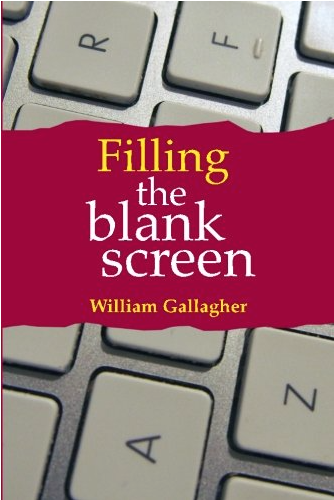A friend just sent me a mindmap of a book idea and said that she was doing so to prove that she would write the book. It shouldn’t be proof, but it is: she’s done a particularly well-worked out and detailed map that slips easily into a chapter outline. Pop those into Word or whatever she’s writing in and her book is underway.
It shouldn’t be: this is just a list of chapters, but it is and you know it is. That time spent planning has produced a working, useful document that has got her somewhere and will continue to get her places.
There is another type of planning that neither she nor you ever, ever do, which is where you plan in order to postpone doing the actual work. We don’t talk about that kind of planning, you and I, we do not.
Until she sent me this map, what I was intending to talk to you about today was planning in general. And I was going to use October in particular. I’ve been feeling a bit anxious and overwhelmed about the things I’ve got to do this month.
So many of them are events that need work and then around them are so many other tasks that aren’t event but need more. And hanging over the lot is a job where I’m waiting to get briefed.
Last night I went through it all and put each event on my calendar. That’s it. Nothing else. Today I have to work through the work, so to speak, but seeing it all there on the month view, somehow it has become manageable to me. I think it’s become visible, that’s the thing. I can see what the month is.
I’d have told you that I’m not a visual thinker, that I’m more a text kind of one, but there’s no reason you can’t be both and right now the month view plan is making me feel calmer.
Whatever you’re overwhelmed about, spread it out on the table in front of you and just the act of doing that helps whelm.
